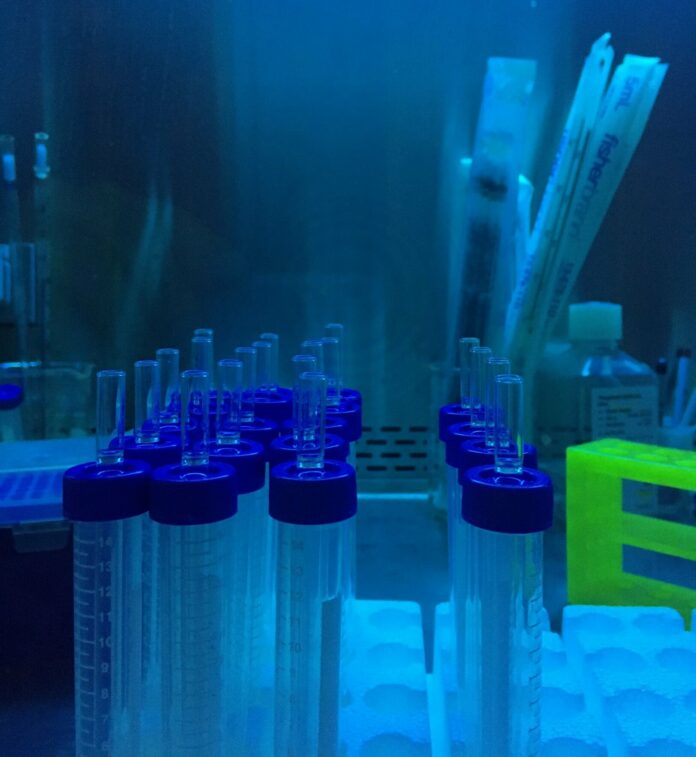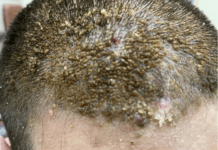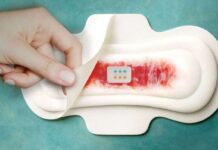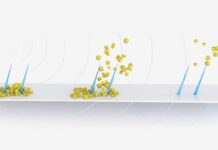
Scientists develop an RNA-based COVID-19 test that detects aerosolized particles in exhaled breath.
COVID-19 cases are once again on the rise. Early detection and effective screening methods play a major role in reducing infections and controlling the spread. A polymerase chain reaction (PCR) test remains the gold standard for diagnosing COVID-19. However, samples for the test are usually collected via uncomfortable, and often painful, nasal swabs. As a result, scientists have been searching for alternate options. Their search has led to the development of a spit test, a laser-based test, and now an RNA-based breath test that can detect COVID-19.
Developed by a team at Brown University and Rhode Island Hospital, the new breathalyzer-style test aims to provide an efficient detection method for COVID-19. Named Bubbler, it is less invasive than other available tests and relies on a person’s exhaled breath. Recently, researchers conducted a study investigating the test’s design and its effectiveness at detecting infection. Results showed the breath test as more effective in detecting lower respiratory tract infection.
Such technology could be useful in restoring service to industries such as hotels, cruise ships, and casinos. There is also an epidemiological benefit to routine testing of air at early warning sites such as transportation hubs and hospital emergency departments.
Dr. William G. Fairbrother, lead investigator
How Does it Work?
Nasal swab tests can often give a positive result for months because it detects viral RNA fragments that persist in previously infected cells. Therefore, it cannot differentiate between active infections and prior infections. In comparison, Bubbler detects airborne viral fragments. According to the study’s lead investigator Dr. Willian G. Fairbrother, it is a better indicator of current infection than nasal swabs.
Involvement of the lower respiratory tract is often a precursor to severe COVID-19, so there is an argument for a more direct sampling focused on exhaled breath.
Professor William G. Fairbrother, lead investigator
The glass tube contains a mouthpiece through which patients exhale. A reverse transcription reaction mixture and cold mineral oil within the tube reverse transcribes RNA from airborne virus particles into DNA. Additionally, the device can also barcode the DNA, linking the sample to the patient. This barcode can then help identify the strain and provide viral load of the sample.
Dr. Fairbrother believes that Bubble’s technology can further aid environmental sampling. Through routine testing of various indoor places, the device can detect COVID-19 and act as an early-warning system.
Reference:
Chaorui Duan et al, Efficient Detection of Severe Acute Respiratory Syndrome Coronavirus 2 (SARS-CoV-2) from Exhaled Breath, The Journal of Molecular Diagnostics (2021). DOI: 10.1016/j.jmoldx.2021.09.005



